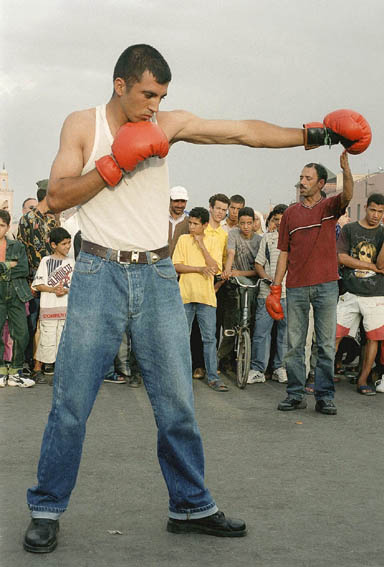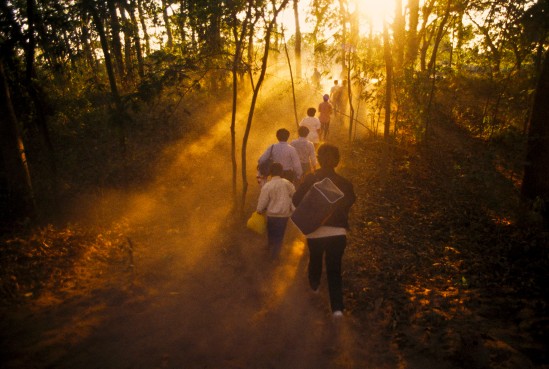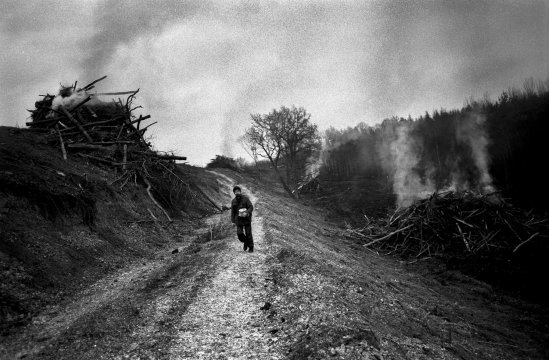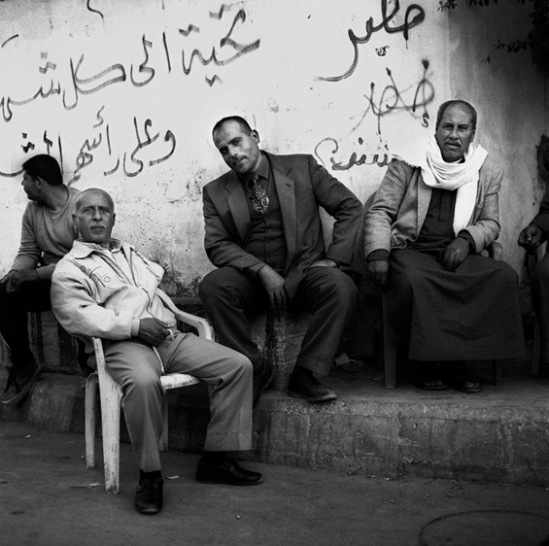 A long time ago I was given some great advice about being a photographer. “If you find yourself surrounded by a lot of photographers, you are probably in the wrong place.” Being a photojournalist and covering news events that is not always possible. Probably more so today in an age where everyone is carrying a camera of some sort. I had to photograph Margaret Thatcher’s funeral recently…yes its true she died…anyway I was amazed at the number of professional photographers in attendance. I saw so many of my colleagues I hadn’t seen in ages that it was hard to concentrate as I kept bumping into old friends every few minutes. I find it hard to work those big occasions sometimes as I feel like I am making the same image over and over again that hundreds of other photographers are making. I photographed the crowds, the funeral cortege and the protesters. The same stuff everyone else was doing. To add to the photographic tidal wave was that every person in the crowds also was recording the funeral with their iphones and point and shoots. Rare was the person actually watching, mourning, experiencing the event itself. Only the soldiers, police, and those actually in the procession seemed without a camera. And of course Maggie herself wasn’t snapping. She was THE Subject. I felt as though my images would be drowned in a deep sea of images. My saving grace was that my images would have a platform in the Guardian and the Observer.
A long time ago I was given some great advice about being a photographer. “If you find yourself surrounded by a lot of photographers, you are probably in the wrong place.” Being a photojournalist and covering news events that is not always possible. Probably more so today in an age where everyone is carrying a camera of some sort. I had to photograph Margaret Thatcher’s funeral recently…yes its true she died…anyway I was amazed at the number of professional photographers in attendance. I saw so many of my colleagues I hadn’t seen in ages that it was hard to concentrate as I kept bumping into old friends every few minutes. I find it hard to work those big occasions sometimes as I feel like I am making the same image over and over again that hundreds of other photographers are making. I photographed the crowds, the funeral cortege and the protesters. The same stuff everyone else was doing. To add to the photographic tidal wave was that every person in the crowds also was recording the funeral with their iphones and point and shoots. Rare was the person actually watching, mourning, experiencing the event itself. Only the soldiers, police, and those actually in the procession seemed without a camera. And of course Maggie herself wasn’t snapping. She was THE Subject. I felt as though my images would be drowned in a deep sea of images. My saving grace was that my images would have a platform in the Guardian and the Observer.
This is why these days I tend to stay away from demonstrations and staged news events. Too many photographers around and I feel like I have nothing to add to all the noise. Instead I look for stories to tell and make images that I feel are distinctly mine that no one else is making. I think that is the saving grace of professional photographers in the journalism/documentary business. We should be storytellers and not news gatherers solely. I was once had the pleasure of working for a few weeks with Larry Towell and I remember asking him why he didn’t shoot colour or switch to digital etc etc..really dumb questions in hindsight. He looked at me and growled “I am a story teller, all these changes in photography have nothing to do with me. Those who tell stories will always have a role to play. Technology is irrelevant to me” or words to that effect…. I never forgot what he said.
Don’t get me wrong. I love to cover breaking news and work on big stories. I enjoy the part of my job that is journalistic and a recorder of history if I am lucky. I get commissioned to photograph some amazing people and events. But I think if you want your images to be seen these days you have to seek out those things that are rarely looked at, talked about and pondered upon. So on my own steam I will try to stay away from my colleagues.
The image above was the only one I really liked from the Thatcher funeral. I turned around while the funeral procession went by and saw this quiet moment. Mostly I like it because I know none of my esteemed colleagues took it. I hope.
I am doing a workshop on Street Photography for Guardian Masterclass. There is still few places left. I strive to make the workshop thought provoking, a chance to learn valuable skills and a lot of fun.






































